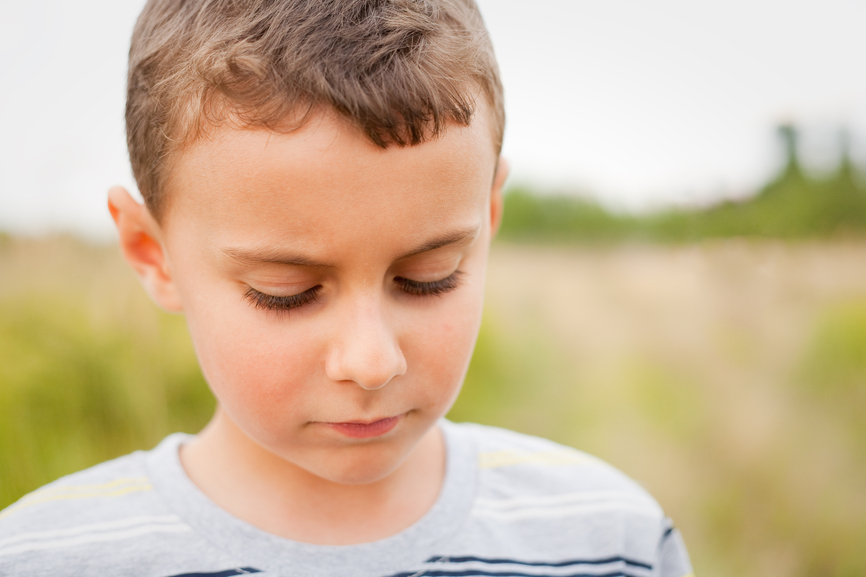The link between child abuse and psychosomatic symptoms
By Liz Lockhart
It has been found that there is a strong link between reported physical abuse and multiple psychosomatic symptoms. Children who  show signs of regular aches and pains and sleep and appetite problems are over twice as likely to be experiencing physical abuse at home compared to children who do not display such symptoms, according to new study findings.
show signs of regular aches and pains and sleep and appetite problems are over twice as likely to be experiencing physical abuse at home compared to children who do not display such symptoms, according to new study findings.
The study is published in the March edition of Acta Paediatrica. Researchers studied 2,510 children aged 10, 12 and 15. The children were from 44 different schools and researchers found a strong link between reported physical abuse and three or more psychosomatic symptoms. Children who were physically abused and also witnessed intimate partner violence (IPV) were found to have the strongest association. There was no significant link between IPV on its own with multiple symptoms.
‘The children were asked if they had experienced any of the following symptoms at least twice in the last month – stomach ache, headache, sleeplessness, dizziness, back pain and loss of appetite,’ said Professor Staffan Janson, co-author. Janson is from the Division of Public Health Science at Karlstad University in Sweden.
He added ‘They were also asked about 13 common chronic conditions, bullying and school performance, to eliminate any other factors that could cause the symptoms, and about whether they had been physically abused and witnessed IPV at home.’
The participants were an equal sample of girls and boys, and were equally split into three groups according to their age. The key findings of the study include the following:-
- The majority of the children were born in Sweden (89%) and living with both biological parents (74%). Under half (42%) had a lease one chronic condition. 10% had two chronic conditions and 4% had three or more.
- One in six of the children had suffered physical abuse or witnessed IPV in their home. 9% reported just physical abuse, 4% reported IPV alone and 3% reported both.
- Two-thirds of the children reported at least one psychosomatic symptom and 35% reported three symptoms or more.
- Headaches were the most common symptom (38%), sleeplessness (36%) and stomach ache (31%).
- The number of children who reported that they were physically abused and had witnessed IPV at home reported at least one psychosomatic symptom was 86%. 41% reported three or more, this compares to 17% of the non-abused children.
- 82% of the children who reported physical abuse only reported at least one symptom. 35% reported three or more symptoms compared to 17% of non-abused children
- There was no significant difference in the symptoms reported by children who did or did not report just IPV.
Professor Janson says ‘Our study demonstrates a clear association between high levels of psychosomatic symptoms and an increased risk of physical abuse. The association was even stronger in abused children who also witnessed intimate partner violence at home.’
‘The findings suggest that healthcare professionals should consider the possibility of physical abuse if a child presents with three or more regular psychosomatic symptoms a month. However it is also important that they rule out any confounding factors, such as chronic illness, bullying and school performance when assessing the child,’ Janson concluded.





